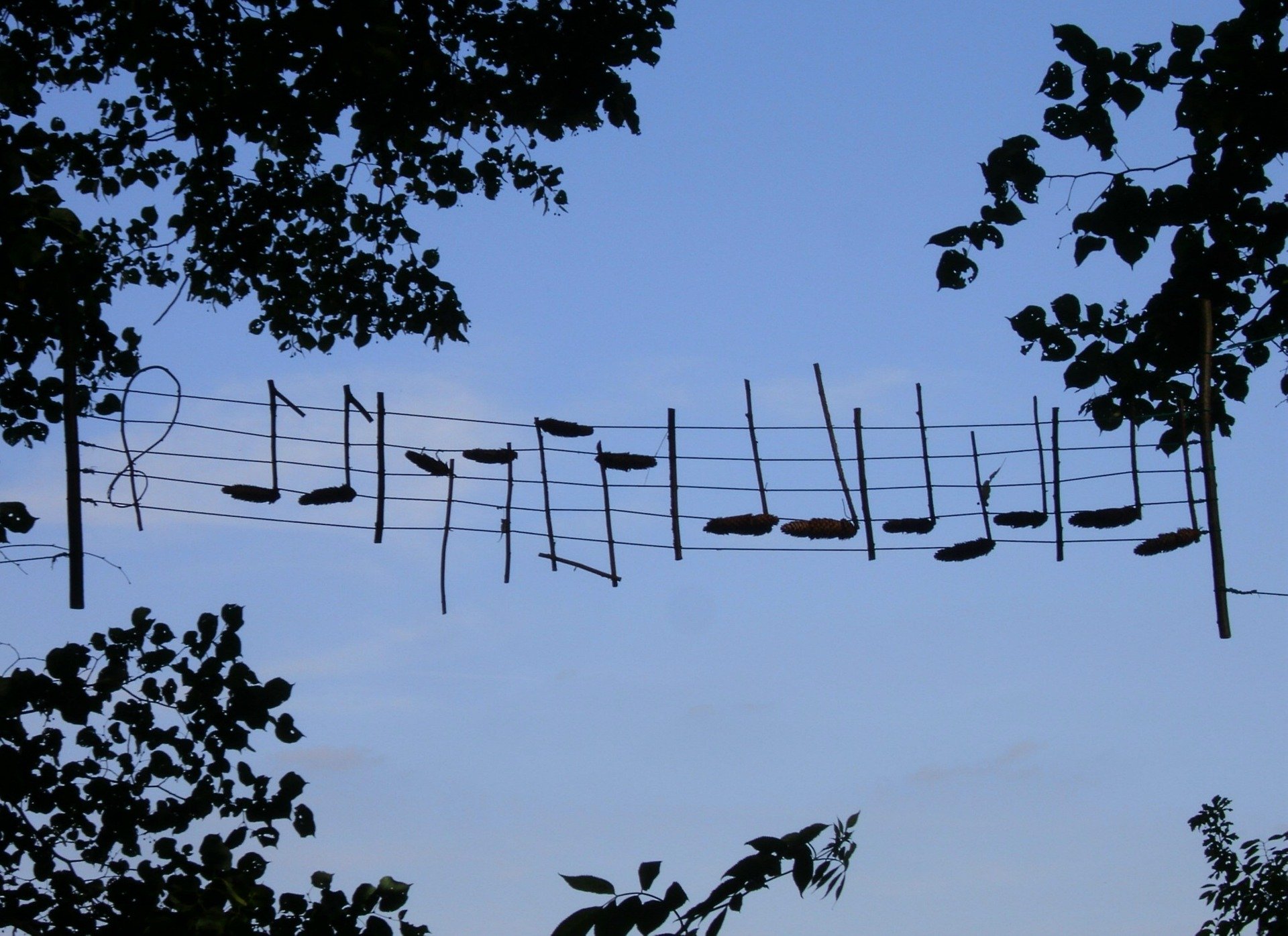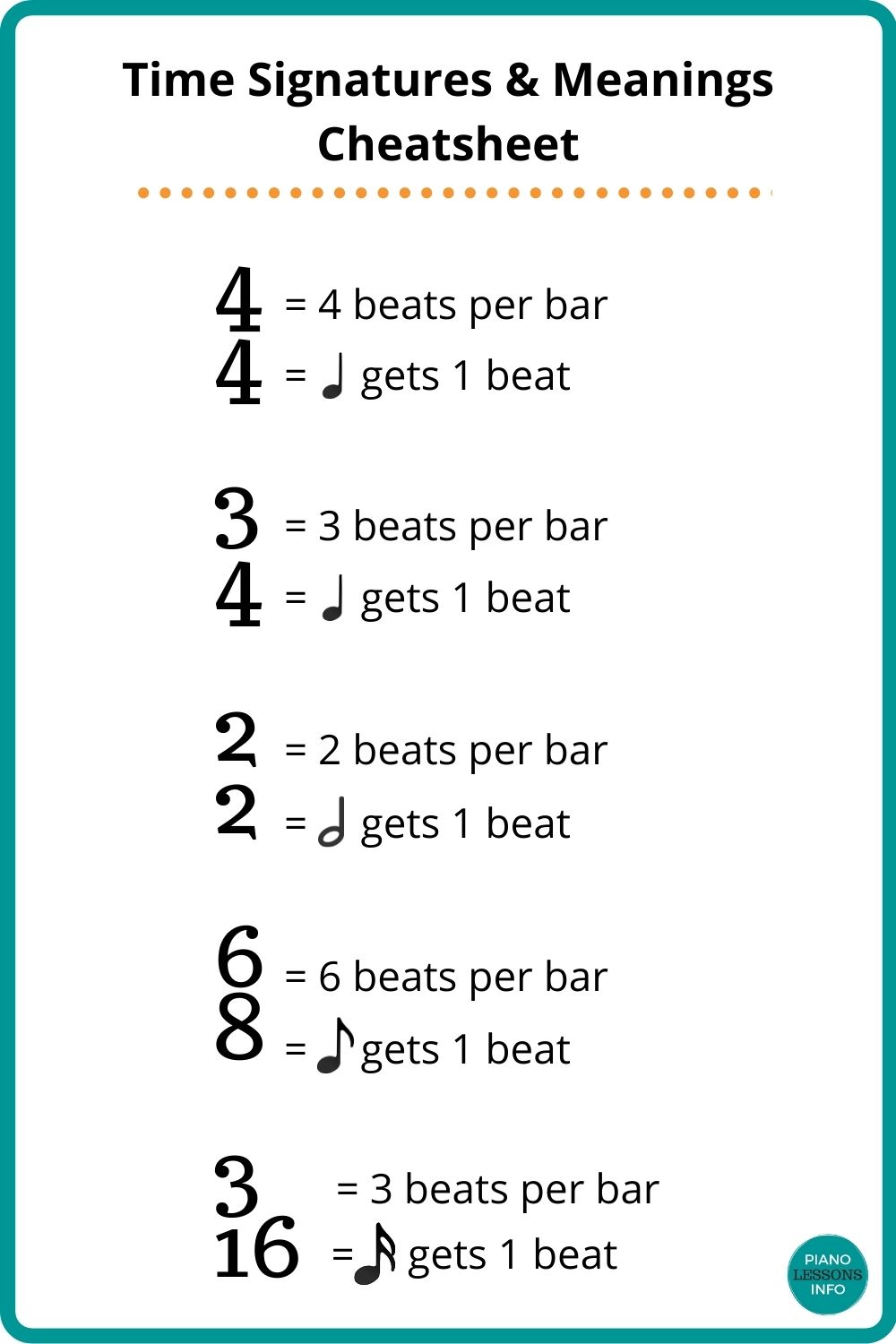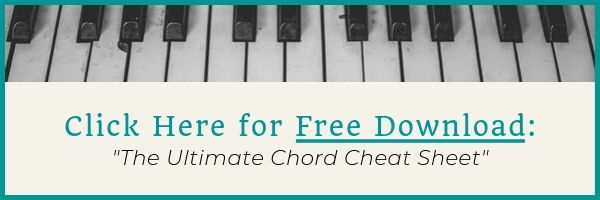Piano Rhythm Lessons: Learn the Basics
This page of piano rhythm lessons is basically on how to play notes on the piano - with the right rhythm. There are 4 basic lessons here to help you on your way to playing notes "in time".
Piano Rhythm Lessons: Lesson 1
Notes Have Counts
The first you need to know is that every note has a certain number of
counts. That means you need to hold down the note for as long the
counts are. For example, a whole note has 4 counts. That means you must
hold it down while counting "1, 2, 3, 4." A quarter note has 1 count.
That means you would only count to 1.
Notice the difference between the 2 notes in these pictures:

Quarter Notes

You play 4 quarter notes in the same time you play one whole note. That
means that you play quarter notes faster than you play whole notes.
(For a complete list of all the notes and their counts, go to the page
on rhythm
symbols.)
Watch the video for a review of the notes and counts.
Piano Rhythm Lessons: Lesson 2
The Time Signature: Understanding the Notes in Context
What guides the notes and their counts are time signatures. Time
signatures go at the beginning of a piece of music and look like this:
 |
The time
signature is the set of 2 numbers that comes after the treble clef and bass clef. By itself it look like this. ---------> |
 |
4/4 time is the most common time signature. The top 4 means that there are 4 beats in a bar or measure. A bar is the space between 2 vertical lines in music. The vertical line is called a bar line. (You can see an example of a bar in the picture of the quarter notes above.)
The bottom 4 stands for a quarter note. So this time signature means that there are 4 beats per bar and a quarter note gets one beat (or count). You may also see a 2 or an 8 as the bottom number. A 2 stands for a half note and an 8 stands for an 8th note.
The top number can also change. It just means instead of 4, maybe there are 3, 6, or whatever beats per bar. 3/4 time means that there are 3 notes per bar and a quarter note gets 1 beat.
Now in 4/4 time, there are only a certain amount of notes you can have in a bar. You can have 1 whole note, 2 half notes, 4 quarter notes, etc. You cannot have 2 whole notes because that would equal 8 counts. Whatever combination of notes you have can only equal 4 beats or counts.
Piano Rhythm Lessons: Lesson 3
Playing Notes in Time
Now you understand that notes have certain counts and that they are
ruled by a time signature. The next thing you need to do is be able to
play them properly.
When playing, try to think
of a single drum beat going. The drum beat is very steady.
It doesn't speed up or
slow down. If our time signature is 4/4 time, then we will
have the idea of a quarter note being the steady drum beat. That
doesn't mean we play a quarter note, it's just how we keep track of the
steady beat.
Now with this steady beat going (in our mind only), if we need to play
a quarter note,
it
plays
at the
same time as
the beat. If we play a half note (which gets 2 counts), it
plays one time for every 2 beats. And we need to hold the note for all
2 beats. And so on.
Here's an
exercise. Go to this metronome website
and click on any number. The ticking will be your steady beat. Now, try playing or tapping quarter
notes along with it. Play or tap with them every beat.
Next try half notes. Then try whole notes. Remember to hold them down
during all 4 beats. For 8th notes, you need to play or tap 2 times for
every tick.
This is basically how rhythm in music works.
Piano Rhythm Lessons: Lesson 4
Go play something!
The next thing to do is try. If you have trouble keeping that steady rhythm in your head, use a metronome until it comes more naturally. But find an easy piece of music in a beginner book, even if it stays on the same note the whole time, and try to play the rhythm. Now, it's all about practice.
Now that you've had 4 piano rhythm lessons, you have basic grasp on paying with rhythm. Next, go play something and have fun!
Piano Rhythm Quiz Games
We have created a sequenced series of piano quizzes and games to help you learn rhythm. Try out these games at your own pace.
Here is one of the games to get you started.
Return from Piano Rhythm Lessons to Piano Lessons Info Homepage.
Recent Articles
-
Piano Notes Chart
Nov 20, 23 10:21 PM
Find a piano notes chart for treble clef and bass clef notes as well as the different types of notes. -
D Chord on Piano + Diagram, How To & Theory
Oct 24, 23 12:20 AM
Learn how to play the D chord on piano with diagram, fingering, D/A, D/F# and a theory explainer. -
Diminished Piano Chords: Chart & How to Make Them
Oct 09, 23 09:23 PM
Learn the different diminished piano chords and how to make them. Here you'll find both a diminished chord chart and an explanation.
Free Download:
Ultimate Chord Cheat Sheet

Subscribe below and get free access to the (printable) Ultimate Chord Cheat Sheet.










